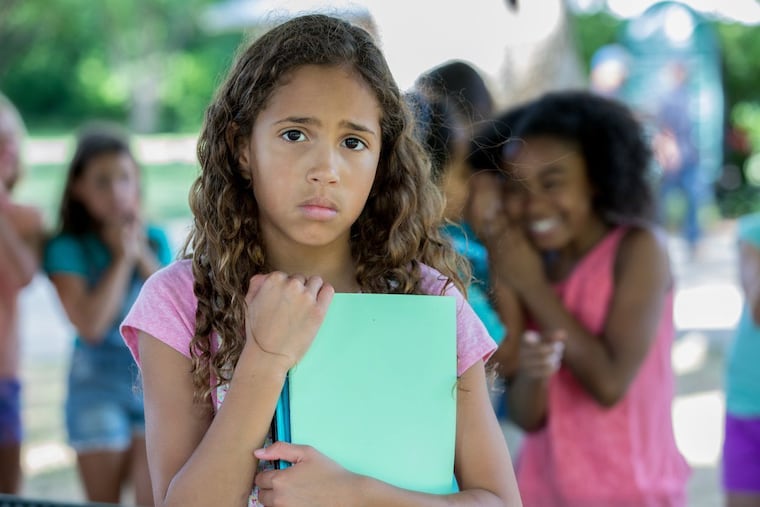Anxiety in kids is real. But so is their parents’ power to heal them.
"My impression is that parents have forgotten that it is common for children to feel anxious sometimes," writes the clinical director of the Anxiety Behaviors Clinic at CHOP.

"My impression is that parents have forgotten that it is common for children to feel anxious sometimes," writes the clinical director of the Anxiety Behaviors Clinic at CHOP.
